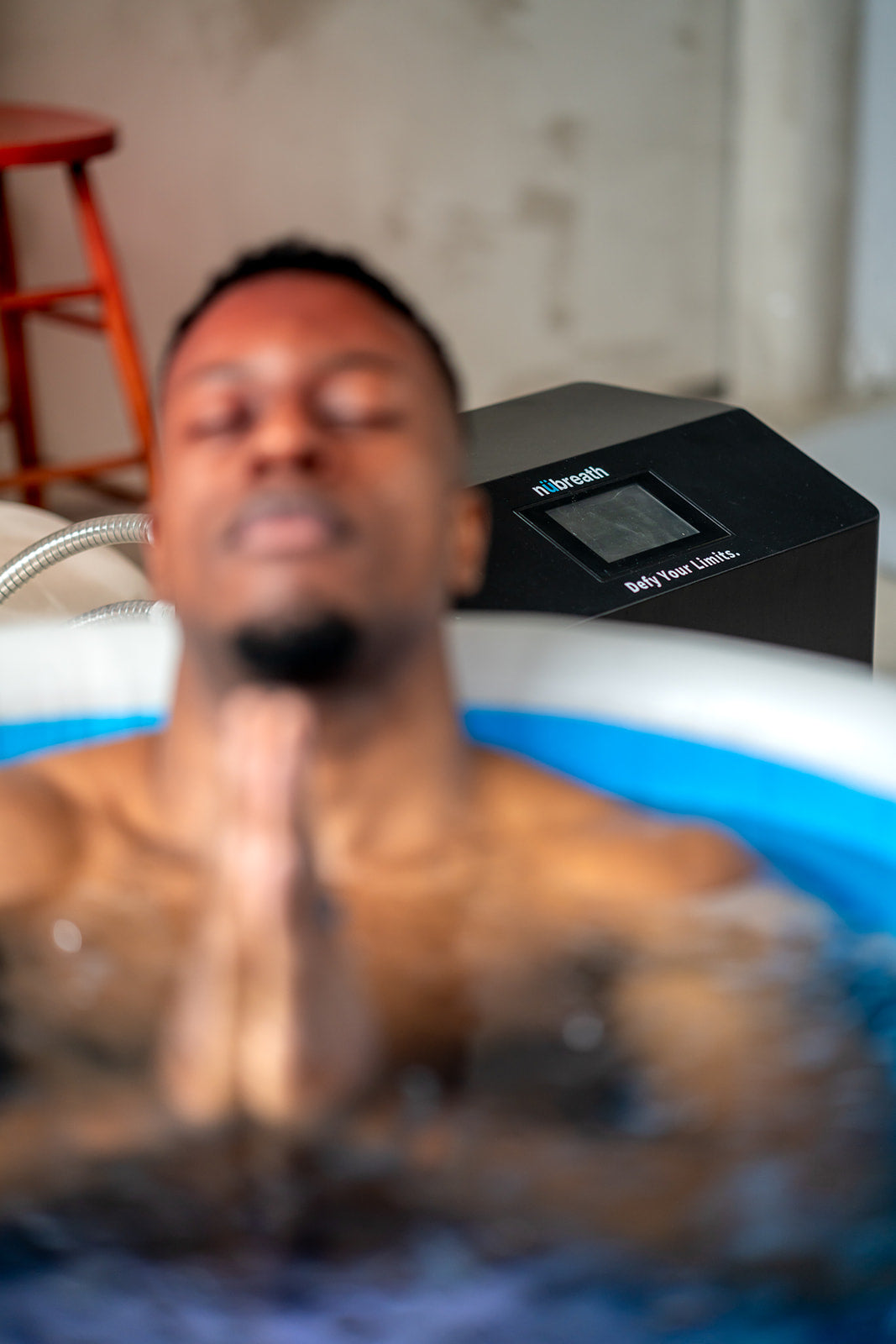
When it comes to recovery, boosting your health, or taking your wellness routine to the next level, you may have come across both cold plunge baths and cryotherapy. Both promise to deliver the benefits of cold exposure, but which option is truly better for you? Let’s dive into the science behind both practices and discover why a cold plunge could be the ideal choice for your needs.
What Is Cryotherapy?
Cryotherapy, or “cold therapy,” involves exposing your body to extremely cold temperatures for a short period of time, usually 2-3 minutes, in a cryo chamber. These chambers use liquid nitrogen to cool the air around your body, typically to temperatures of -200 to -300 degrees Fahrenheit. Cryotherapy sessions can be whole-body or localized to target specific muscle groups or injuries.
What Is a Cold Plunge?
A cold plunge bath, on the other hand, involves immersing yourself in cold water — usually between 45 and 55 degrees Fahrenheit — for a slightly longer duration, often 5-10 minutes. This immersion allows cold water to completely surround your body, cooling your skin and muscles directly, which helps activate various beneficial physiological responses. Cold plunge baths can be done using specially designed cold plunge tubs or even a simple tub filled with ice water.
Cold Plunge vs. Cryotherapy: The Benefits Breakdown
Let’s compare the primary benefits of both methods and see how each stacks up.

1. Therapeutic Depth and Muscle Recovery
Cryotherapy: Because cryotherapy involves such extreme temperatures, it’s effective at quickly cooling the skin, which can help reduce inflammation in some cases. However, it doesn't penetrate as deeply into muscle tissue as a cold plunge does.
Cold Plunge: With direct immersion in cold water, a cold plunge cools the body at a steady rate that allows the cold to penetrate more deeply into muscles and tissues. This makes cold plunging ideal for muscle recovery and can be especially beneficial after strenuous exercise or for first responders and athletes needing deep relief from muscle soreness.
2. Circulation and Immune Boosting
Cryotherapy: Cryotherapy can help improve circulation, but the brief exposure limits how much it impacts blood flow throughout the body.
Cold Plunge: By immersing in cold water for several minutes, your body responds by increasing blood flow to vital organs and activating circulation as a form of survival response. This enhanced blood flow can carry nutrients more effectively and support the immune system, making cold plunging a powerful tool for immune health and overall resilience.
3. Mental Resilience and Stress Reduction
Cryotherapy: While cryotherapy can offer a brief rush that feels invigorating, the extreme cold may not provide the same mental benefits as a longer, more meditative cold plunge experience.
Cold Plunge: The prolonged exposure in a cold plunge session challenges both mind and body. Remaining in the water as your body adjusts to the cold builds mental resilience, fostering a powerful sense of calm and clarity. Many people find that cold plunging is a meditative, stress-relieving practice, which adds an extra layer of mental and emotional benefits.
4. Skin and Body Contact
Cryotherapy: During cryotherapy, air cools the body from the outside in, so it doesn’t create the same level of total-body contact as water immersion does. You may also wear protective gear, which reduces contact further.
Cold Plunge: Cold water immersion allows for direct and total-body skin contact, providing a more comprehensive experience. The cold water surrounds your entire body, and the consistent, even contact with your skin helps achieve a more holistic cooling effect.
Why Cold Plunging Wins the Showdown
While both cryotherapy and cold plunging offer benefits, cold plunging stands out for its ability to deeply engage both mind and body. Cold plunging delivers more profound muscle recovery, supports immune health, enhances mental resilience, and allows for a calming, meditative experience that cryotherapy simply doesn’t replicate.
For those looking to incorporate cold exposure into their wellness routine, the cold plunge provides a balanced, sustainable approach that can be enjoyed in the comfort of your own home or at a wellness center. The depth of its physical benefits, coupled with the mental clarity it fosters, make cold plunging a standout practice for both the body and the mind.
How to Start Your Cold Plunge Journey
If you’re ready to experience the unique advantages of cold plunging, start slow and gradually increase your exposure time. Consider investing in a quality cold plunge tub, like NuBreath, which is specifically designed to maintain optimal temperatures and support your recovery journey. Cold plunging may require a bit more commitment than a quick cryotherapy session, but the rewards are well worth it.
In the cold plunge vs. cryotherapy debate, cold plunging wins for its holistic approach, accessible setup, and powerful benefits. Dive in and experience the transformative effects of a cold plunge — your body and mind will thank you!

